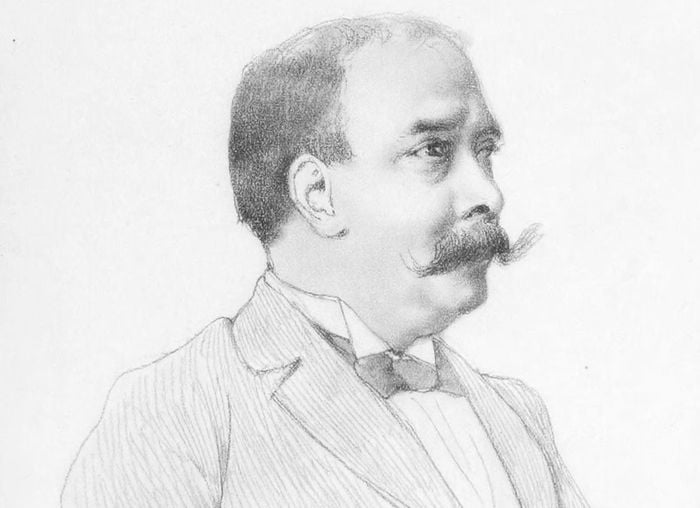The Hatti Civilization (2500-2000 B.C.) Ancient Anatolian Settlers
Ancient Hatti Civilization
The Hattis, among the earliest settlers in Anatolian history, ruled central Anatolia for approximately 500 years. Preferring small city kingdoms, they had a distinct language compared to other influential Anatolian civilizations. Mesopotamian influences are evident in Hatti art and culture.
Key Cities and Religious Beliefs
Prominent cities like Mahmatlar, Horoztepe, Alacahoyuk, and Hattus were situated within the Kizilirmak (Red River) bend. The Hattis believed in multiple gods representing various natural elements in animal form. Statues of their popular gods can be found in major Turkish museums.
Hatti and Hittite Principalities Period (2000-1750 B.C.)
Indo-European Migration and Coexistence
In the late 3rd millennium B.C., a significant migration occurred from North Europe to the milder south. The Hittites, part of the Indo-European group, migrated to Anatolia through Caucasia while the Hatti principalities were in power. Instead of invading abruptly Gordium, the newcomers settled alongside existing populations, establishing their own communities over time.
Integration and Shared Culture
The Hittites coexisted with the Hattis and other Anatolian people, gradually establishing their own principalities. They did not destroy existing cities but rather merged with the local population. Over time, they shared gods, goddesses, art, culture, and even adopted numerous words from the Hatti language Guided Tour Istanbul.
Hittite Dominance by 1750 B.C.
By 1750 B.C., the Hittites became the sole rulers of Anatolia, marking the end of Hatti rule. The integration and cultural exchange between the Hattis and Hittites shaped the region’s history and laid the foundation for the Hittite civilization’s prominence in Anatolia.








